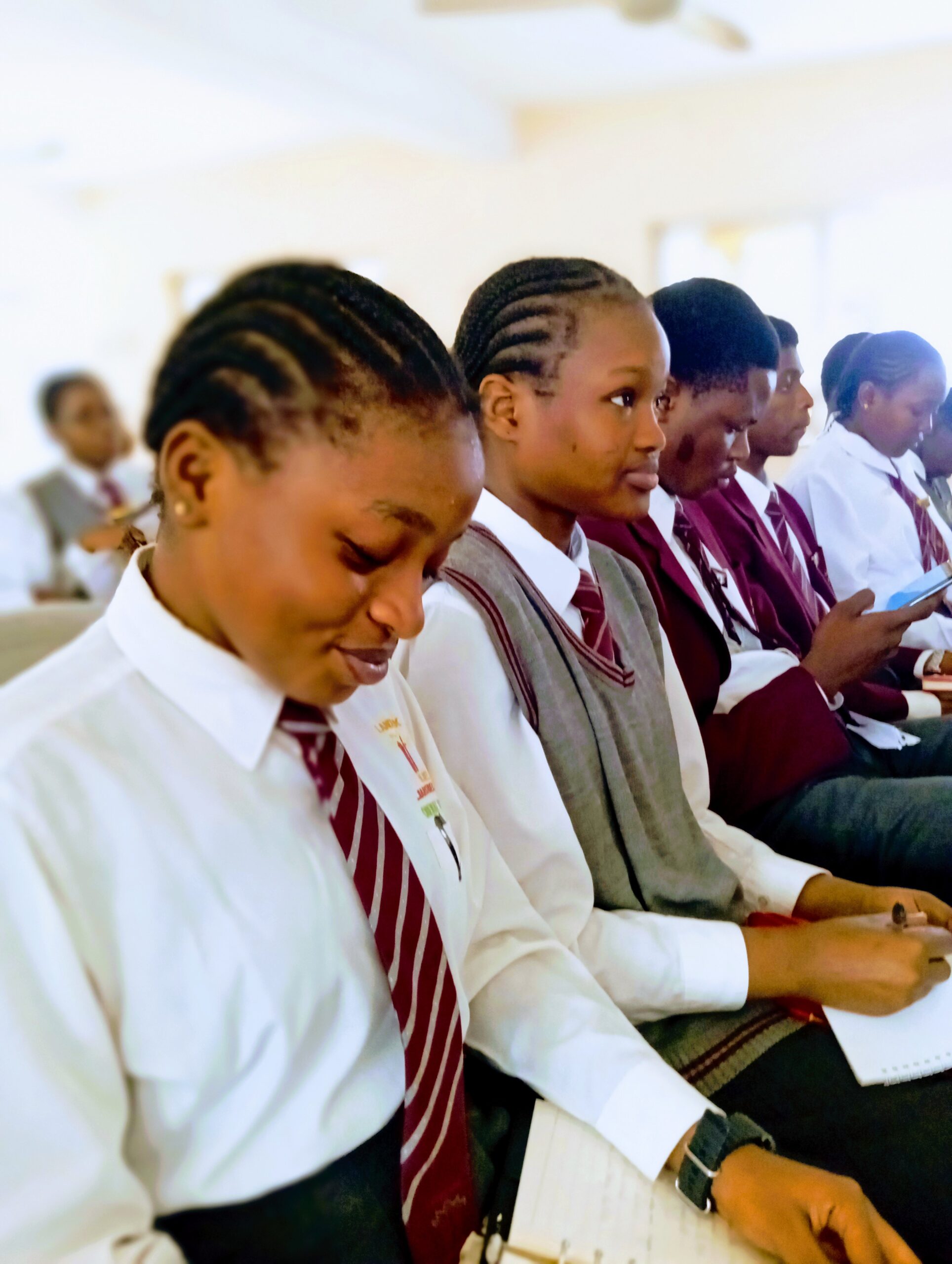As schools in Nigeria prepare to resume for the second half-term, the importance of incorporating engaging and effective learning activities cannot be understated. The second half-term is a crucial period in the academic calendar, often filled with opportunities for students to deepen their understanding, enhance their skills, and develop their personal growth.
Project-Based Learning
Project-based learning (PBL) encourages students to work on real-world problems and challenges over an extended period. Students can engage in projects that address local community issues, such as waste management, health awareness, or agricultural innovations. This hands-on approach not only promotes critical thinking and collaboration but also enables students to apply theoretical knowledge to practical situations.
Group Discussions and Debates
Facilitating structured group discussions and debates helps students develop their communication, analytical, and persuasion skills. Topics can range from current events to moral dilemmas, encouraging students to articulate their viewpoints, listen to opposing opinions, and formulate reasoned arguments. This activity fosters a culture of respect and critical thinking among peers.
Field Trips and Educational Excursions
Organizing field trips to local museums, historical sites, or industries can provide students with experiential learning opportunities. Such excursions allow students to connect classroom knowledge with real-life experiences, making learning more memorable and impactful. For example, a visit to a farm can enhance understanding in agricultural science, while a trip to a museum can deepen knowledge of history and culture.
Creative Arts and Expression
Incorporating creative arts into the curriculum, such as painting, music, drama, or dance, allows students to express themselves and cultivate their creative talents. Students can participate in workshops, art exhibitions, or talent shows, providing them with a platform to showcase their skills and build confidence. These activities also promote emotional well-being and foster a sense of community.
Technology Integration
With the increasing role of technology in education, integrating digital tools and resources into learning activities is essential. Students can engage in coding workshops, participate in online collaborative projects, or use educational software to reinforce their learning. This not only enhances digital literacy but also prepares students for a technology-driven future.
Science Experiments and Practical Labs
Hands-on science experiments and practical labs are integral to fostering a love for science and inquiry. Students should engage in experiments that relate to their curriculum, allowing them to observe phenomena, test hypotheses, and draw conclusions. This experiential approach enhances understanding and retention of scientific concepts.
Community Service Projects
Engaging students in community service projects cultivates social responsibility and empathy. Schools can partner with local NGOs or community centers to organize initiatives such as environmental clean-ups, health camps, or literacy programs. These activities encourage students to give back to their communities while developing teamwork and leadership skills.
Reading and Literacy Programmes
To improve literacy and foster a love for reading, schools should implement reading programmes that encourage students to explore diverse genres and authors. Book clubs, reading challenges, and author visits can stimulate interest in literature. Additionally, integrating reading across subjects can enhance comprehension and critical thinking skills.
Physical Education and Sports
Physical education is crucial for students’ overall development. Schools should prioritize sports and physical activities to promote physical fitness, teamwork, and discipline. Organizing inter-school competitions or sports days can motivate students to participate actively and develop a sense of camaraderie.
Mindfulness and Well-being Activities
As students navigate academic pressures, incorporating mindfulness and well-being activities is essential. Schools can introduce programs focused on stress management, meditation, or yoga. These practices encourage self-awareness, emotional regulation, and resilience, helping students maintain a healthy balance between their academic and personal lives.












